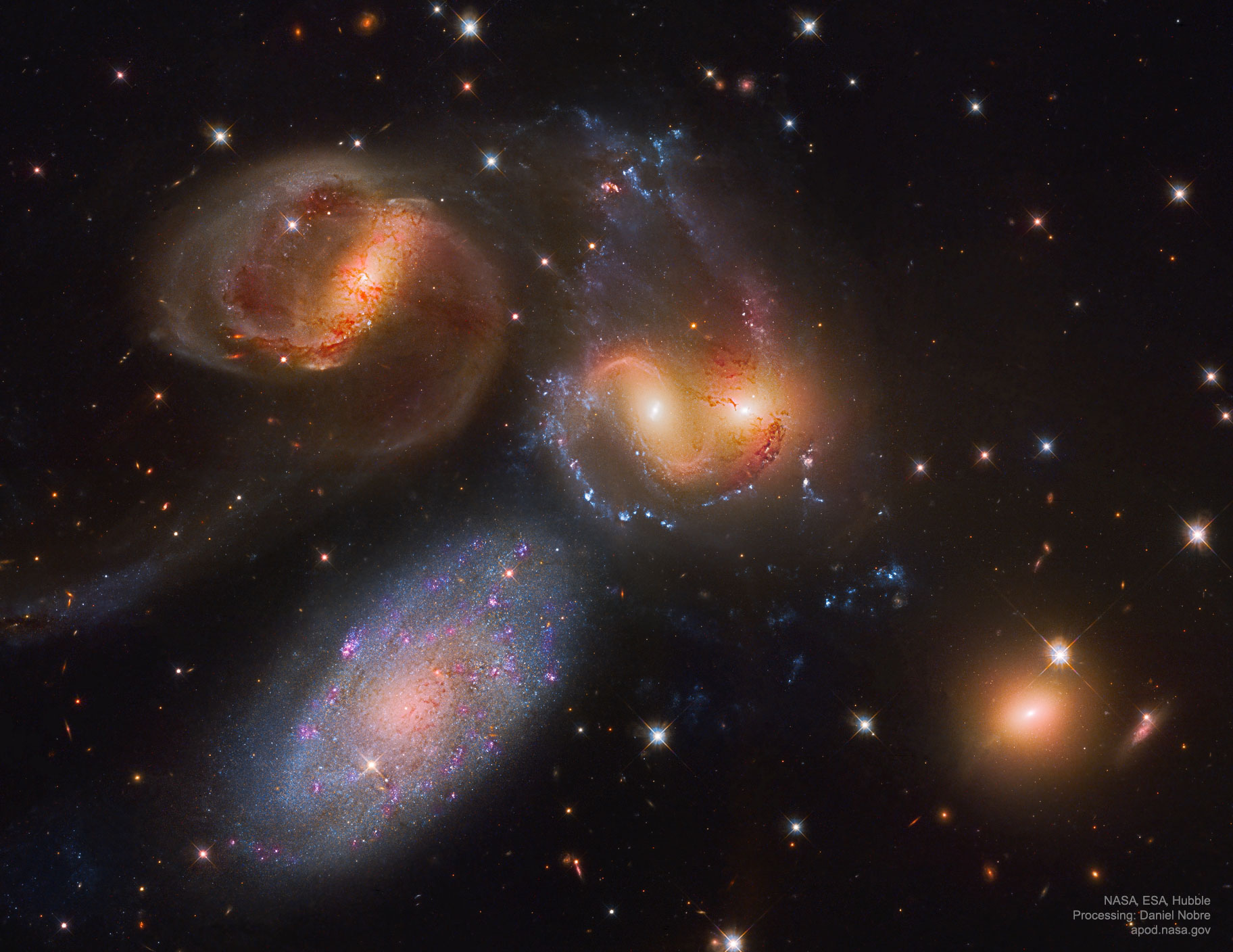To kick off the beginning of full science operations for the James Webb Space Telescope, NASA will be hosting a full public event Tuesday, July 12th. During the event, a traunch of full-color images and data will be released, acquired from the 6-month long commissioning process that began with its launch on Christmas Day, 2021.
Entitled “Celebrating Webb’s First Images“, the press and media event will begin with opening remarks at 9:45 AM, EDT this Tuesday, July 12th. As always, this is a free, full-public event and can be watched and/or streamed live here.
The list of targets to be presented and discussed were selected from the long list of targets imaged and/or studied during the commissioning process:
- Carina Nebula. The Carina Nebula is one of the largest and brightest nebulae in the sky, located approximately 7,600 light-years away in the southern constellation Carina. Nebulae are stellar nurseries where stars form. The Carina Nebula is home to many massive stars, several times larger than the Sun.
- WASP-96 b (spectrum). WASP-96 b is a giant planet outside our solar system, composed mainly of gas. The planet, located nearly 1,150 light-years from Earth, orbits its star every 3.4 days. It has about half the mass of Jupiter, and its discovery was announced in 2014.
- Southern Ring Nebula. The Southern Ring, or “Eight-Burst” nebula, is a planetary nebula – an expanding cloud of gas, surrounding a dying star. It is nearly half a light-year in diameter and is located approximately 2,000 light years away from Earth.
- Stephan’s Quintet: About 290 million light-years away, Stephan’s Quintet is located in the constellation Pegasus. It is notable for being the first compact galaxy group ever discovered in 1877. Four of the five galaxies within the quintet are locked in a cosmic dance of repeated close encounters. (Note: the featured image for this article is Stephan’s Quintet, imaged by the Hubble Space Telescope with the full-resolution image featured below).
- SMACS 0723: Massive foreground galaxy clusters magnify and distort the light of objects behind them, permitting a deep field view into both the extremely distant and intrinsically faint galaxy populations.
Imaged with the Hubble Space Telescope and located in the constellation Pegasus, Stephan’s Quintet is a compact cluster of 5 galaxies 290 million light-years distant. It is notable for being the first compact galaxy group ever discovered in 1877. Of particular interest in what appears to be an ongoing galaxy merger, is the interacting pair in the center.
Note: this image was featured as the Astronomy Picture of the Day (APOD) for June 3, 2019
Astronomy For Change: https://astronomyforchange.org
Buy us a Coffee? https://www.buymeacoffee.com/astronomychange
Follow Us On Twitter: https://twitter.com/astronomychange
Why not support us on Patreon: https://www.patreon.com/astronomyforchange
Imagination is more important than knowledge
![]()
An index of all articles can be found here.
If you enjoyed this article, please consider supporting us with a modest donation
![]()
or through a subscription on our Patreon Page
 Membership at Astronomy for Change is Free!
Membership at Astronomy for Change is Free!




